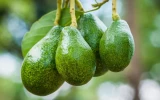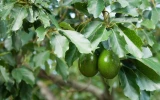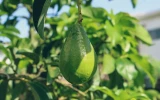What's the Ideal Climate for Avocado Farming?
Originally from central and South America, avocados prefer a climate that mimics their natural habitat—a place where they can bask in the warm, gentle sun all year round. Specifically, these luscious, green fruits thrive best in regions with mild temperatures and moderate humidity. In this article, we will explore the key elements of the perfect climate for avocado farming.
Avocado trees will yield the best fruit in areas where the temperature stays within a range of 60 to 85°F. They also grow optimally in subhumid climates, enjoying a mix of bright, sunny days and occasional rainfall, which helps the trees grow and the fruit ripen perfectly.
Climate and environmental challenges can significantly impact avocado farming. As you go further in this article, we'll be giving you tips on how you can approach these challenges to maintain the productivity of your avocado orchard.
Knowing the ideal climate for avocado farming is important when determining where to start an avocado farm from scratch.
Summary
- Avocado trees thrive in moderate to high humidity levels ranging from 60% to 80%, which is essential for supporting the development of the avocado seedling and preventing water stress.
- Avocado orchards should be situated in locations that receive full sun for the majority of the day, but some degree of shade protection is beneficial, especially in regions with intense sunlight and high temperatures.
- Avocado trees require a significant amount of water, with an ideal annual rainfall range of 50–100 inches (125–250 cm).
- The ideal soil type for avocado cultivation is sandy loam, providing good drainage and aeration for the roots, with a pH level between 6 and 7.
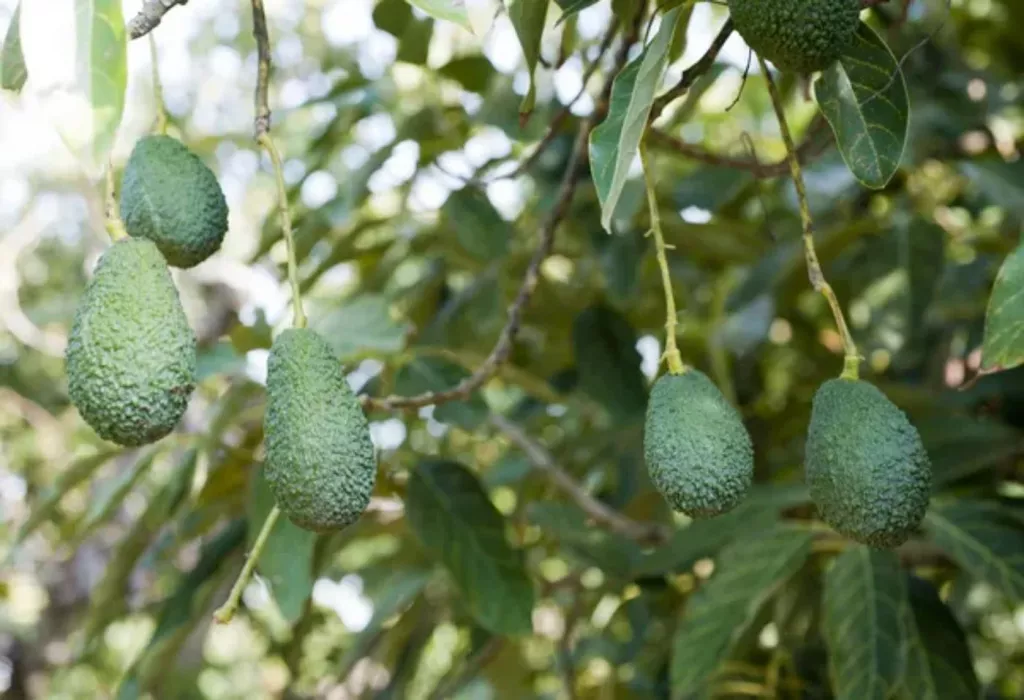
On this page:
Ideal Climatic Conditions for Avocado Farming
To successfully grow avocados, here are some of their specific climatic needs that you might need to consider:
| Climatic Conditions | Ideal Range For Avocados |
|---|---|
| Temperature | 60-85°F (15-29°C) |
| Humidity | 60-80% |
| Sunlight/shade | 6–8 hours of direct sun |
| Rainfall | 50–100 inches per year |
| Soil pH and conditions | well-drained soil with pH 6-7 |
Temperature requirements for avocados
Avocado trees are native to the tropical climate of Central America but have been successfully cultivated in various parts of the world like California, Florida, Australia, Peru, Colombia, and Crete. The ideal temperature range for growing avocados is generally between 60-85°F (15-29°C).
Hass avocados, a popular variety, thrive within this range. However, different varieties might have slightly varying preferences.
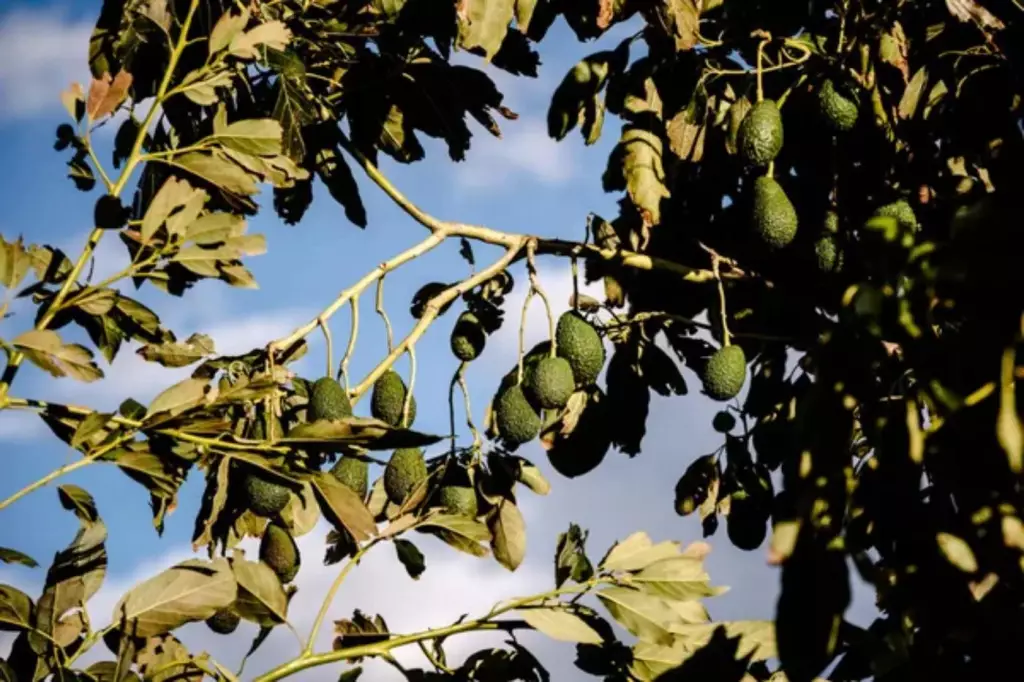
Temperate conditions are essential for flowering and fruit set, as temperatures below 10°C (50°F) or above 30°C (86°F) can be detrimental, particularly affecting the roots and blossom development.
Humidity levels for optimal avocado growth
Avocado trees thrive in moderate to high humidity. Generally, avocados prefer humidity levels ranging from 60% to 80%. While it is possible to cultivate avocados in areas with lower humidity levels, such as 40%, this can lead to issues with both the fruit and the tree.
During the initial stages of growth, maintaining a higher humidity level helps support the development of the avocado seedling.
This can be achieved by using a humidity dome or misting the young plants regularly to create a humid microclimate around them.
As the avocado plants mature, you need to ensure that the humidity levels remain within the optimal range. High humidity helps in preventing water stress and minimizes the risk of leaf burn, especially in drier climates. However, excessive humidity can lead to fungal diseases.
In regions with lower natural humidity, growers may need to use techniques such as mulching, drip irrigation, and strategic planting to maintain adequate moisture levels in the soil and atmosphere around the avocado trees.
Sunlight and shade considerations for avocado orchards
Avocado trees require adequate sunlight to thrive and produce high-quality fruit, but they also benefit from some degree of shade protection, especially in regions with intense sunlight and high temperatures.
Ideally, avocado orchards should be situated in locations that receive full sun for the majority of the day. Adequate sunlight exposure promotes healthy tree growth, flower production, and fruit development.
In regions with hot and arid climates, excessive sun exposure can lead to heat stress and sunburn in avocado trees. Providing some degree of shade can help mitigate these effects and maintain more favorable growing conditions, particularly for young avocado trees, which are more susceptible to sun damage.
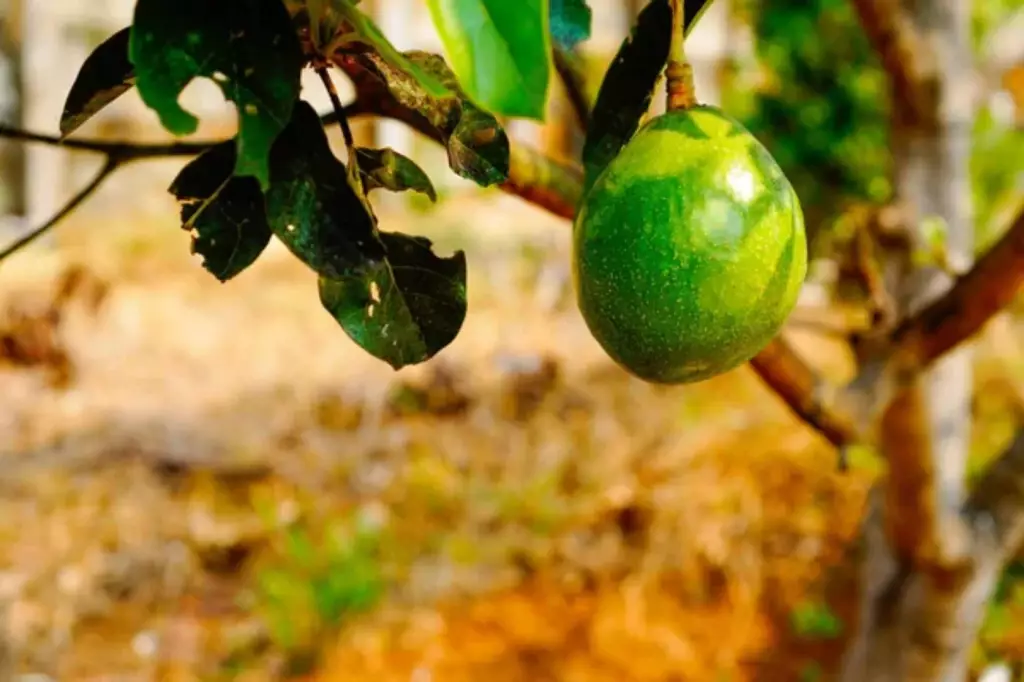
Additionally, different avocado varieties may have varying tolerances to sunlight and shade. Some varieties are more suited to full sun exposure, while others may benefit from partial shade, especially during the hottest part of the day.
Rainfall and irrigation needs for avocado trees
Avocado trees require a significant amount of water, especially during the growing season and fruit development. The water needs of avocado trees are influenced by various factors such as climate, soil type, tree age, and stage of growth.
In general, avocado trees thrive in areas with consistent and well-distributed rainfall, but they can also be successfully grown in regions with seasonal droughts through proper irrigation practices.
Avocado trees generally prefer regions with an annual rainfall of 50–100 inches (125-250 cm). Avocado trees are sensitive to water stress, especially during flowering, fruit set, and fruit development. Inadequate or uneven rainfall can lead to poor fruit yield and quality.
In regions with insufficient rainfall, irrigation becomes essential to meet the water needs of avocado trees. The frequency and amount of irrigation required depend on factors such as soil moisture retention, evapotranspiration rates, and tree age.
Young avocado trees require more frequent irrigation to establish a strong root system, while mature trees may need less frequent but deeper irrigation to support their extensive root network.
Drip irrigation is commonly used for avocado trees, as it delivers water directly to the root zone, minimizing water loss through evaporation and ensuring efficient water use.
Additionally, mulching around the base of the trees helps retain soil moisture and reduce water evaporation from the ground.
However, note that over-irrigation can be detrimental to avocado trees, leading to root rot and other water-related issues. Therefore, you may need to monitor soil moisture levels and adjust irrigation practices accordingly.
Soil conditions and pH levels for successful avocado cultivation
Avocado trees thrive in a variety of soil conditions, but they generally prefer well-draining soil with a pH level between 6 and 7. The ideal soil type for avocado cultivation is sandy loam, which provides good drainage and aeration for the roots. Heavy clay soils should be avoided as they can lead to poor drainage and root rot.
In terms of pH levels, avocados prefer slightly acidic to neutral soil. A pH range of 6 to 7 is considered optimal for avocado trees.
Soil pH outside this range can lead to nutrient deficiencies and poor growth. Aim to regularly test the soil pH and make adjustments as needed to ensure the best conditions for avocado trees.
Avocado trees also require a range of nutrients, including nitrogen, phosphorus, potassium, and micronutrients such as magnesium and zinc.
A soil test can help determine the nutrient levels and guide the application of fertilizers to ensure that the trees have access to the necessary nutrients for healthy growth and fruit production.
Due to the warm and frost-free climate conditions ideal for avocado farming, early spring emerges as the best time for planting these trees to ensure their optimal growth and fruiting.
Mitigating Environmental Challenges In Avocado Farming
Environmental factors help determine the lifespan of avocado trees. Below are some helpful tips to reduce the impact of environmental challenges in avocado farming:
Ensuring water sustainability is crucial for the well-being of your avocado plants
Efficient irrigation systems can reduce water waste and help prevent problems like root rot, which can arise from waterlogged soils.
Perhaps consider the use of drip irrigation, as it delivers water directly to the base of the plant, minimizing evaporation and ensuring that your trees receive the right amount of water they need to thrive.
Coping with extreme temperatures
Avocado trees are sensitive to temperature changes. Maintaining optimal temperatures is essential, as high temperatures can stress the plants and freezing temperatures can damage them. You can protect your avocado trees by using shade nets or windbreaks to buffer temperature extremes.
Managing soil health
Healthy soil is the foundation of a productive avocado farm. To manage soil health effectively, integrate organic matter regularly and ensure proper drainage to avoid root diseases.
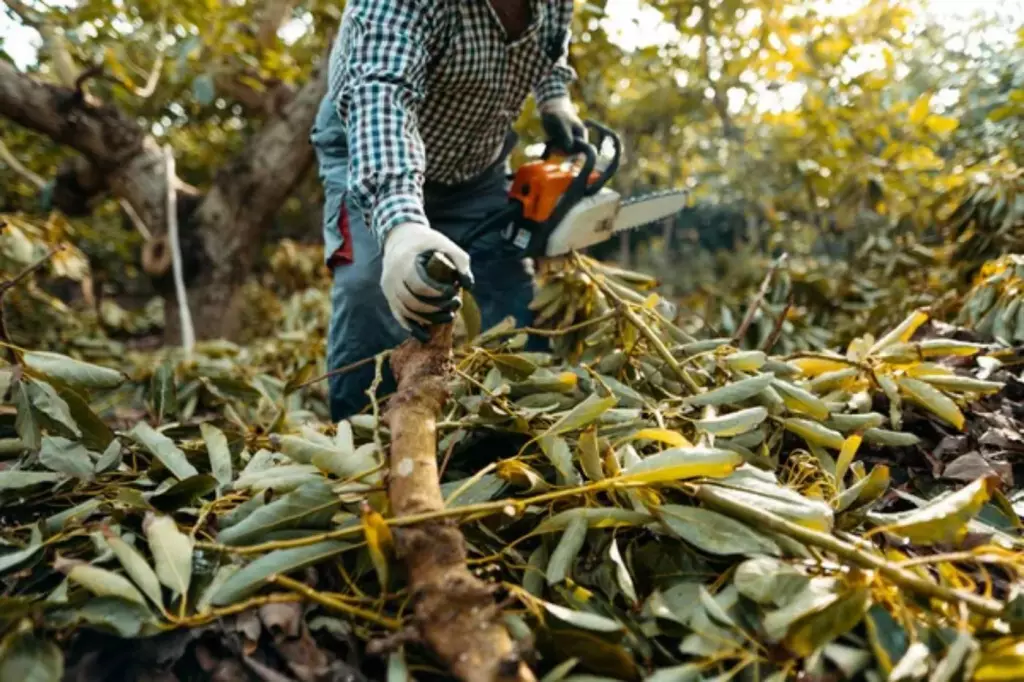
Conducting soil tests allows you to monitor nutrient levels and pH balance, adapting your management practices to your soil’s specific needs. Soil tests and preparation cost around $2,000 to $10,000. At the same time, the prevention of soil erosion and degradation is also vital.
